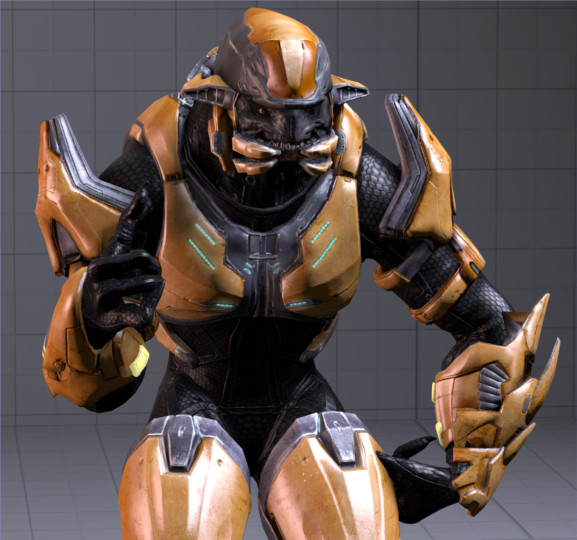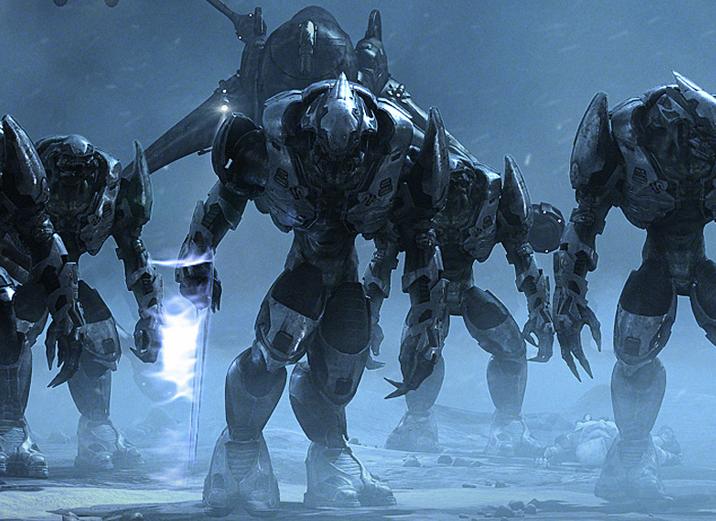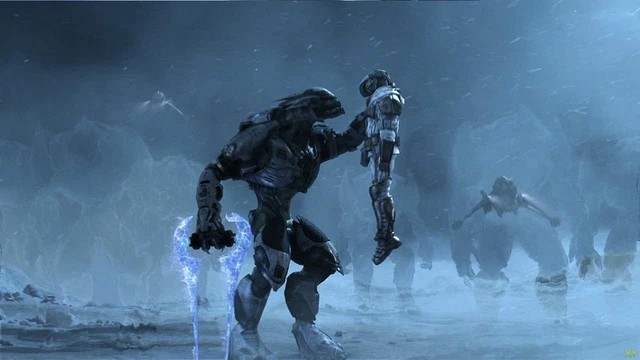

The only problem is, you end up having to try and defend against nigh on a hundred units when you have, at most, around a dozen to play. With no base, and no reinforcements, it's up to you to work with a limited number of units to get to, and then defend a point until you can be extracted. One early mission is a traditional survival style level. Unfortunately, though, rather than making things seem more interesting, they just seem to highlight Halo Wars 2's flaws, and make the game that much more frustrating. While there are still a fair few build a base, amass an army, ATTAAAACK style missions, others introduce some rather unique ideas to make things that little bit more challenging. With just 12 missions on offer here, the majority of which can be completed in under an hour (some in substantially less time), the developers have at least tried to provide a fair amount of variety. To ensure a steady stream of resources, though, you'll need to build power stations and supply pads at your base to ensure you stay stocked up, giving you the stockpiles you'll need to build everything from infantry units to the all terrain Warthogs.

Instead, both power and supply bundles can be found scattered across the map, where they can be picked up by your ordinary troops.

There are two resources you can collect in game - power, and supply - but unlike in many strategy games, you don't have to mine these from specific resource fields. These flamethrower troops, known as Hellbringers, are super effective against both other infantry, and enemy buildings. It's all a question of balance, scouting, and finding the right mix of units to suit your situation.Įven within categories, there are certain specialist units. Build too many infantry units, and a ground vehicle based assault could level you in seconds send in your airborne units first, and they could get picked off by some hotshot soldiers. Like most strategy games, you'll almost always have the chance to set up a base, gather resources, and start producing your own units - and you'll want to tailor the units you're building to suit the enemy you're going up against. It's in balancing this mixture of strengths and weaknesses that most of Halo Wars 2's strategy lies. Added into the mix are hero units - in this case, usually the super-soldier Spartans - who not only have a shield, and a massive health bar, but who can also hijack enemy vehicles with their special move. Aerial units are strong against ground units, infantry are strong against air units, while ground vehicles can power through soldiers, but are sitting ducks for airborne foes. Underlying the gameplay in Halo Wars 2 is a pretty simple rock-paper-scissors system, whereby different types of units are strong against one type, and weak against another. Unfortunately, though, the gameplay doesn't quite live up to the lofty standards set by the plot, and the game soon begins to lag. Told through ridiculously fancy looking cutscenes, Halo Wars 2 does a better job of setting up Atriox as an unstoppable monster than almost any other Halo game has managed. In fact, the story is one of the highlights of Halo Wars 2. Led by the fearless Atriox - the only Brute to ever defy the Covenant and survive - they ruthlessly attack the small search party the Spirit of Fire had sent out - and so begins a mini-war, between you and the Banished.
#Halo wars 2 elite series#
Rather than finding perennial series baddies, the Covenant, they instead find a battle hardened tribe of Brutes known as the Banished. No sooner have they got down onto the Ark, though, than they discover a lot's changed while they've been away. Unsure of how they got there, or what's happened in the time they've been under, all they know is there's a signal coming from the Ark - and they need to investigate. The story here picks up where Halo 5 left off, and begins when the crew of the Spirit of Fire, a UNSC battleship, suddenly come round from a long period of cryosleep to find themselves floating above an Ark - an infamous, space-station-come-homeworld from Halo lore. Perhaps the biggest difference is rather than producing individual units, you'll instead produce groups of soldiers - a move that's designed to make it easier to select units without the speed and freedom of a mouse. While all the basic building blocks are still here - the game's played from an isometric/top-down perspective, there are resources you'll need to gather, and you can build a base and manufacture units - almost everything here has been simplified, in the hope it'll make the game both easier to grasp for novices, and a better fit with the slightly less accurate console controls. Like its predecessor, Halo Wars 2 is a real time strategy game that's been slimmed down for the console audience, in an attempt to make it more accessible. Yeah, that supply pad's not long for this world.


 0 kommentar(er)
0 kommentar(er)
